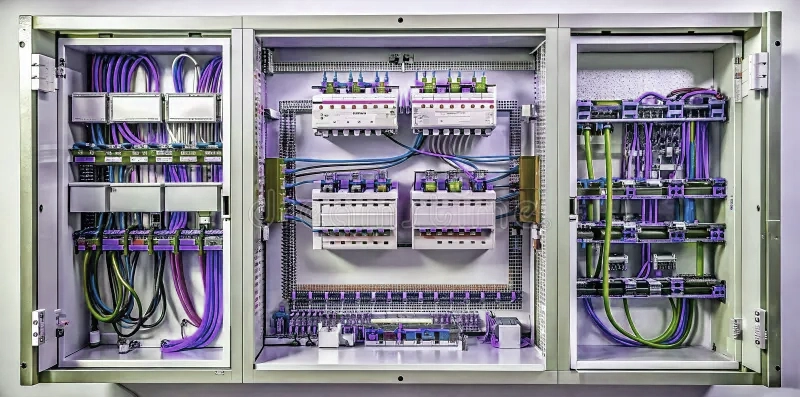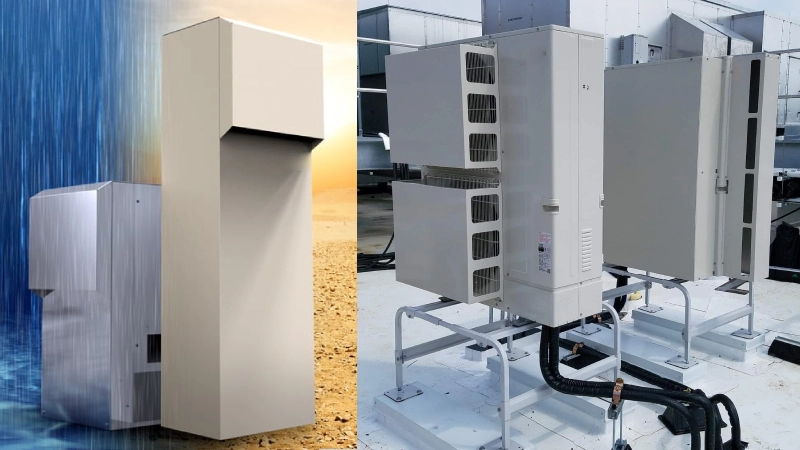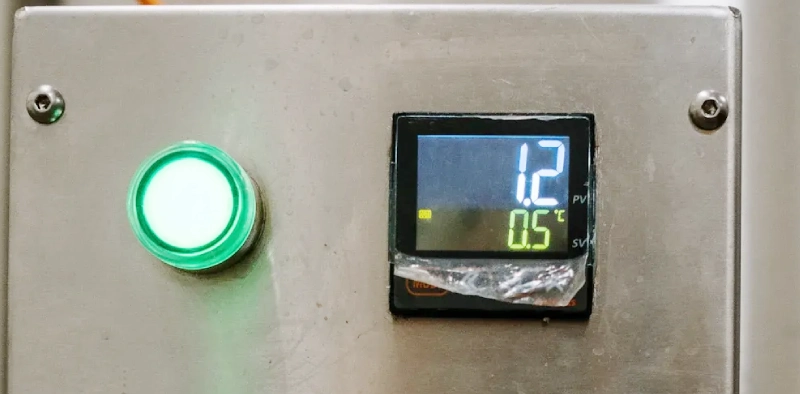Understanding a terminal block’s amp rating is crucial for ensuring the safety and performance of any electrical system. This rating dictates the maximum current a terminal block can safely carry without overheating or suffering damage, directly impacting system reliability.
Properly interpreting and applying the amp rating is essential for preventing electrical hazards and ensuring efficient power distribution. This guide will clarify what the amp rating signifies and how it functions to protect your circuits.
What is the Amp Rating of a Terminal Block?

The amp rating of a terminal block, also known as its current rating or ampacity, signifies the maximum amount of electrical current (measured in amperes) that the terminal block can safely carry on an continuous basis without exceeding its designated temperature limits.
The amp rating is a crucial safety and performance specification, as exceeding it can lead to overheating, insulation degradation, damage to the terminal block itself, and potentially even fire hazards.
This rating is determined by several factors, including the conductive materials used in the terminal block’s construction, the cross-sectional area of its current-carrying parts, and the design’s ability to dissipate heat.
Many terminal block manufacturers conduct rigorous tests to establish these ratings, often considering ambient temperature, wire size compatibility, and the terminal block’s ability to maintain a stable connection under load. It’s best practice to select a terminal block with an amp rating that is at least 150% of the anticipated maximum current in the circuit.
How Current Relates to Amp Rating
Understanding how electrical current relates to an amp rating is crucial for designing and maintaining safe, efficient electrical systems. The amp rating defines a component’s capacity to handle the flow of charge.
Defining Current (Amperage)
Current, or amperage, refers to the rate at which electrical charge flows through a conductor. It’s measured in amperes (A). Think of it as the volume of electrons passing a point in a circuit per second. A higher current means more electrons are moving, delivering more electrical energy.
The Significance of Amp Rating
The amp rating of a component, like a terminal block, specifies the maximum continuous current it can safely carry without overheating or suffering damage. This rating is determined by the material properties and design, ensuring the component can dissipate heat effectively when electricity flows through it.
Relationship Between Current and Amp Rating
The relationship is one of limitation and safety. The actual current flowing through a circuit must always be less than or equal to the amp rating of any component in that circuit. Exceeding the amp rating can lead to excessive heat generation, degrading insulation, causing component failure, or even fire.
How to Inspect Terminal Block Amp Rating

Knowing how to properly inspect a terminal block’s amp rating is essential for ensuring electrical safety and system longevity. This process confirms the component’s suitability for its intended application.
Step 1: Locate the Marking
The amp rating is typically printed or molded directly onto the terminal block’s body or housing. Look for numerical values followed by “A” or “Amps.” Sometimes, it might be found on the side or top surface.
Step 2: Consult the Datasheet or Manufacturer’s Specifications
If the rating isn’t clearly visible on the block, refer to the manufacturer’s official datasheet or product catalog for the specific model number. This provides comprehensive technical specifications, including the exact amp rating and any relevant derating curves.
Step 3: Check for Certifications
Look for compliance marks from recognized testing agencies like UL, CSA, VDE, or CE. These certifications often indicate that the product has been tested to meet specific performance and safety standards, which include adherence to stated amp ratings under various conditions.
What Amp Terminal Block Should I Use
Finding the correct amp rating for your terminal block is crucial for system safety and performance. The right choice depends on the specific electrical demands of your circuit.
Step 1: Determine Maximum Circuit Current
First, calculate the maximum continuous current that will flow through the circuit where the terminal block will be installed. This involves considering the load’s power requirements and the system’s voltage.
Step 2: Apply a Safety Margin (Derating)
It is highly recommended to select a terminal block with an amp rating that is at least 125% to 150% of your calculated maximum continuous current. This derating factor accounts for potential temperature increases, environmental conditions, and long-term reliability.
Step 3: Consider Wire Gauge
The amp rating of the terminal block must also be compatible with the ampacity of the wire gauge being used. The terminal block’s rating should never be lower than the maximum current allowed for the wire connected to it, as the wire itself has a current limit.
Step 4: Account for Environmental Factors
Operating conditions like ambient temperature can affect a terminal block’s performance. In higher temperatures, a terminal block’s ability to dissipate heat decreases, potentially requiring a higher rated block for the same current.
Step 5: Check Manufacturer’s Specifications
Always refer to the manufacturer’s datasheet for the specific terminal block model. This document will provide detailed amp ratings, voltage ratings, wire size compatibility, and any necessary derating curves specific to their product.
What Amp Terminal Block for Lighting?

When selecting an amp rating for terminal blocks in lighting applications, it’s crucial to consider the total current draw of the lighting circuit. For typical residential or commercial lighting, which often operates on 15A or 20A branch circuits, the terminal blocks used should be rated to handle at least the full circuit breaker amperage, plus a safety margin. This ensures the terminal block doesn’t become a weak point in the circuit, preventing overheating and potential fire hazards, especially with continuous operation.
Modern lighting, particularly LED systems, can have varying current demands. While individual LED fixtures might draw low current, multiple fixtures on a single circuit can sum up to a significant load.
Therefore, it’s essential to calculate the aggregate current for all lights connected to a specific terminal block and then select a block with an amp rating that is 125% to 150% of that total, adhering to relevant electrical codes and manufacturer guidelines.
What Amp Terminal Block for Sockets?

For general household or commercial sockets (receptacles), the amp rating of the terminal block should align with the branch circuit’s overcurrent protection. In North America, typical general-purpose circuits for sockets are 15-amp or 20-amp.
Therefore, the terminal blocks used to wire these sockets or in associated distribution panels should have an amp rating of at least 15A or 20A, respectively, and ideally with a safety margin (e.g., 125% of the continuous load).
It’s crucial to match the terminal block’s rating not only to the circuit breaker but also to the ampacity of the wire gauge being used for the socket outlets. For instance, a 15A circuit typically uses 14-gauge wire, and a 20A circuit typically uses 12-gauge wire.
The terminal block must safely accommodate both the current and the physical size of the wire. For higher-current sockets, such as those for electric ranges, dryers, or industrial equipment, the terminal block’s amp rating must be significantly higher, corresponding to the specific appliance and circuit breaker rating (e.g., 30A, 50A, or more).
Conclusion
The terminal block amp rating is a critical specification, directly influencing the safety and performance of electrical systems. Understanding how it dictates the maximum current a block can safely carry without overheating or degradation is essential for proper component selection and preventing potential hazards.
Accurate selection based on the amp rating ensures that the terminal block can reliably handle the circuit’s electrical load, preventing failures and maintaining system integrity. Overlooking this vital rating can lead to serious operational issues and safety risks in any application.
For wholesale terminal blocks that strictly adhere to specified amp ratings, ensuring safety and optimal performance in your projects, source your components from us.




